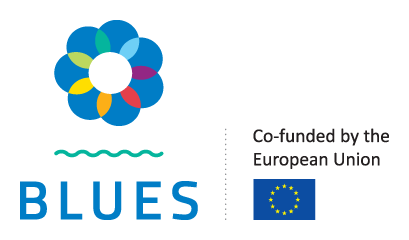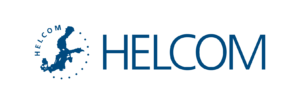
Elena Gorokhova is lead on Subtask 2.3.1 Complete operationalisation of the HELCOM Zooplankton Mean Size and Total Stock (MSTS) indicator. She is a professor at the Stockholm University where she is also responsible for Swedish national monitoring of zooplankton. She is also chairlady of Zooplankton Expert Network/HELCOM and indicator lead for zooplankton.
What is your Activity/Task in HELCOM BLUES all about? What main challenges and/or pressures on the Baltic Sea does it try to solve?
My work is in Activity 2, Tasks 2.3.1, 2.3.3 and 2.3.4, dealing with plankton indicators and how to extract plankton community properties that can be used to understand the quality of pelagic habitat. Habitat quality is a complex concept, especially in the pelagic system, and plankton has a dual role. On the one hand, plankton communities reflect the eutrophication pressure because they directly use dissolved nutrients (phytoplankton) and utilize the produced organic matter (zooplankton). But, on the other hand, zooplankton itself provides the feeding habitat for larger organisms, such as fish. This duality is challenging to solve, especially when climate factors, saltwater inflows from the North Atlantic, and fishery are acting simultaneously. Another challenge is famous Baltic Sea gradients in salinity and temperature shaping plankton composition and making it difficult to identify the “ideal variables”, i.e., community metrics that are universally informative and applicable as indicators across the entire Sea. For plankton, we have little experience in developing such indicators for large marine systems, which means that much of our ideas are based on aquatic ecology and food web theories for smaller and often freshwater systems.
What are the planned outcomes of your specific BLUES Activity/Task?
We will have much better coverage for the only core indicator that we have right now for plankton, Zooplankton Mean Size and Total Stock, which combines the size structure of the zooplankton community and its biomass. Moreover, we will produce and make freely available tools for the indicator calculations that could be used by national laboratories, managers, and researchers around the Baltic Sea.
How will your BLUES Activity/Task benefit your organization in particular and the Baltic Sea in general?
Stockholm University has been responsible for the Swedish pelagic monitoring program in the Baltic Proper for several decades. Many of my colleagues and the researchers I have never met have been involved in the data collection and analysis. Now, access to these long-term data makes it possible to see the trends, understand the drivers behind the observed changes, and recognize the specificity of the responses across the sea basins. I am very grateful to all who contributed to the data collection and hope that with the BLUES project we will demonstrate that investing in the monitoring methods that help to detect changes in productivity and functional efficiency is what we should aim for.

